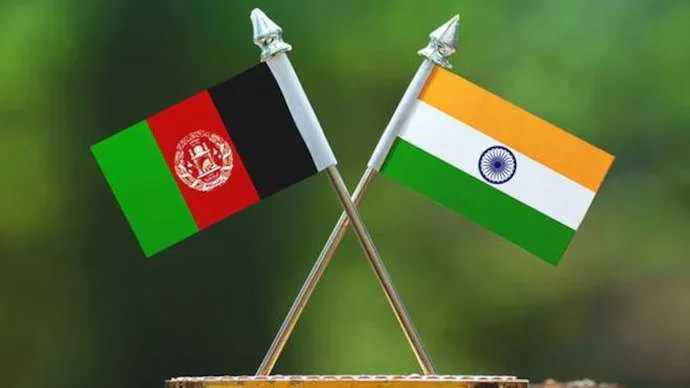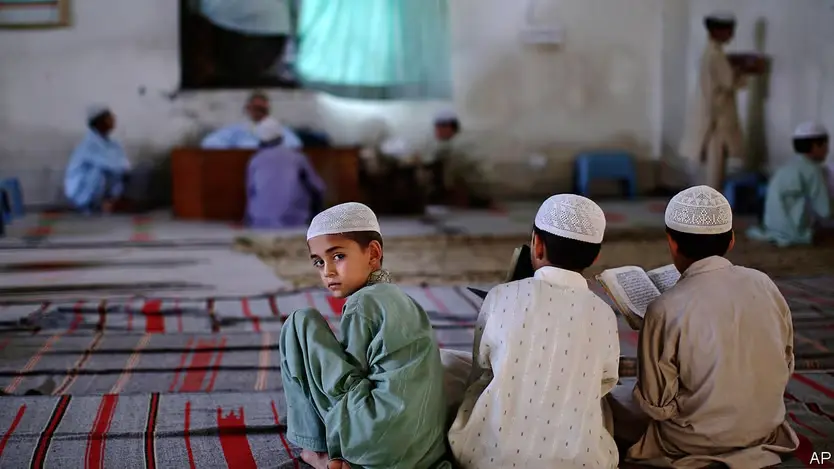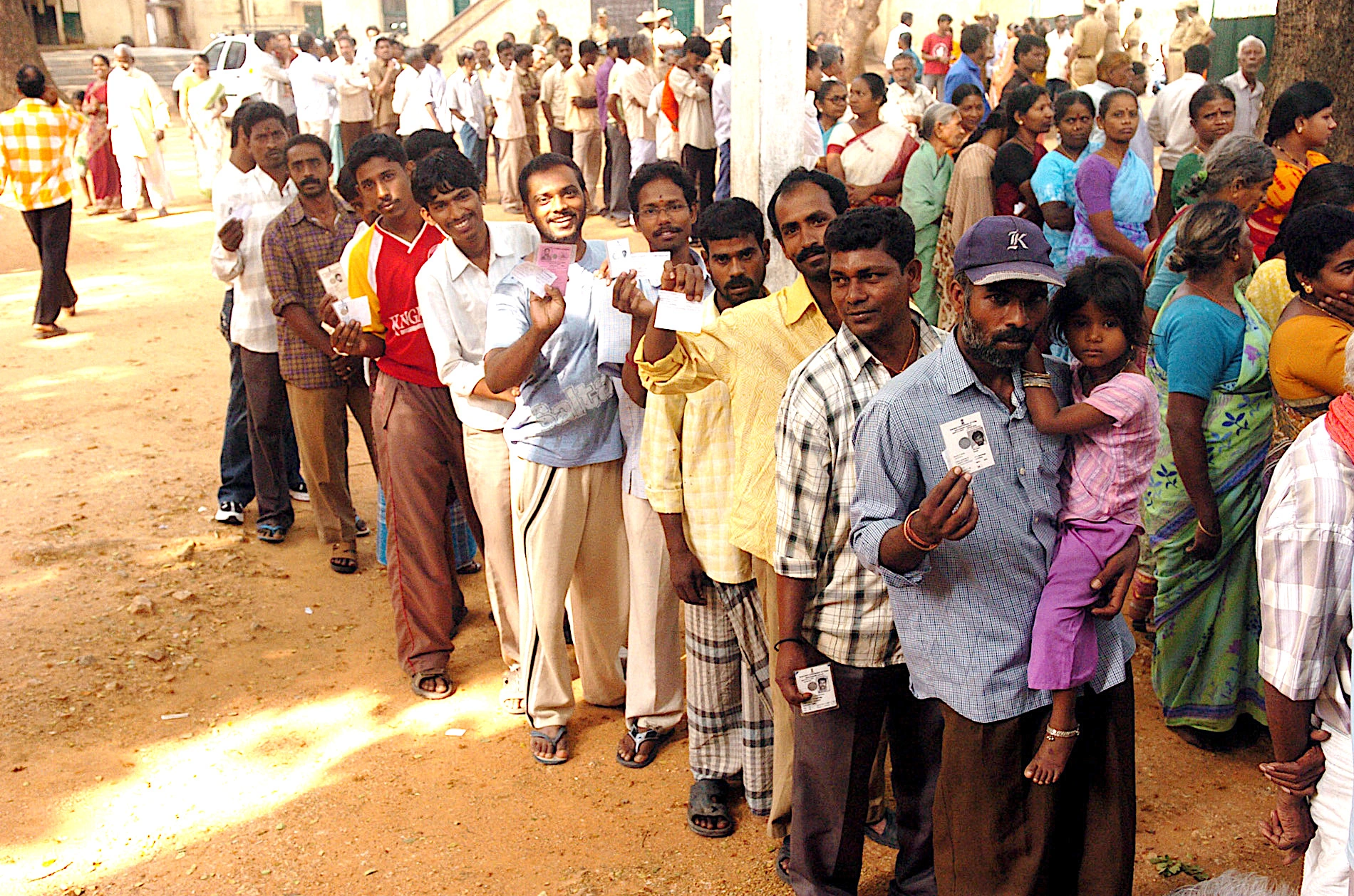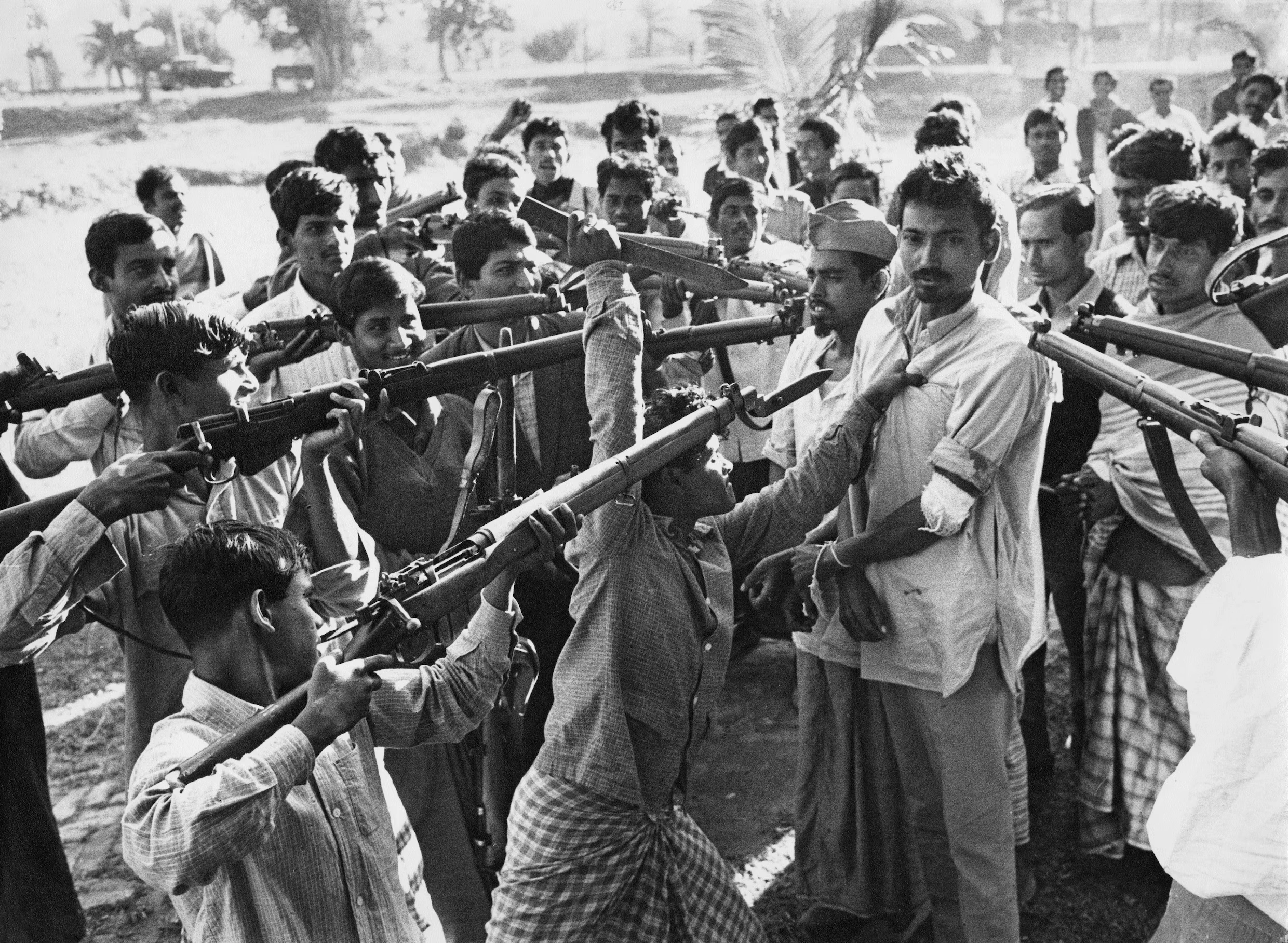“Whenever an Aurangzeb comes along, a Shivaji rises. For every Salar Masud, there is a brave warrior like King Suheldev…”, announced Indian Prime Minister Narendra Modi in an address at the Kashi Vishwanath Dham corridor in December last year. Lauding the city of Kashi for the remarkable resilience of its generations in warding off several “tyrants and invaders”, the premiere did not appear to embody the pluralistic, democratic, and secular foundations of the country of which its dignitaries boast on international forums. Conceivably more speculative is a national leader’s fixation on a Muslim ruler of India dead for over 300 years. However, Aurangzeb has only come to epitomize what has long been a subject of revulsion among proponents of Hindutva, that of Muslim rulers’ incursions into India.
In an ironic twist of fate, and despite the lip service paid to historical and civilizational linkages defining India-Afghanistan ties at present, it was Muhammad of Ghor from modern-day Afghanistan who laid the foundation for the subsequent Islamic ruling dynasties of the subcontinent.
Hindu Nationalism and Indo-Afghan Connections: What are the Odds?
Akhand Bharat—the pipe dream of Hindu nationalists resurrected by the rise of the Bharatiya Janata Party (BJP) to high political offices in India — proposes the union of present-day India, Pakistan, Afghanistan, Bangladesh, Nepal, Bhutan, Sri Lanka, Maldives, and Myanmar into a single political and territorial entity, comes at odds with the annals of Indo-Afghan connections.
Particularly, the last quarter of the 12th century saw the invasions of Muhammad of Ghor into the Indo-Gangetic plain, conquering in rapid succession the cities of Ghazni, Multan, Sindh, Lahore, and Delhi. These forays thereafter paved the path for the establishment of the Delhi Sultanate in 1206, and the Mughal Empire later.
In the years leading up to the Partition, and the ones that followed, Abdul Ghaffar Khan rose in prominence as “Frontier Gandhi“, his Khudai Khidmatgar Movement lending unwavering support to the Indian National Congress, and the propagation of an autonomous ‘Pashtunistan’ afterward which actually arouses contemporary discussion in Indian media.
In stark contrast to fresh expressions of concern for the political liberties of the people of the region, India emerged as the only country in South Asia to recognize the Soviet-backed Democratic Republic of Afghanistan as well as the Soviet Union’s occupation of the country that followed. Then weighing in the costs of losing favor with the Soviets, the speech delivered by the Indian representative, Brajesh Mishra to the United Nations General Assembly’s emergency special session in January 1980 was unambiguous on the country’s official position by affirming that, “We have been further assured that Soviet troops will be withdrawn when requested to do so by the Afghan government…”.
The outbreak of the Afghan civil war in the 1990s and the Taliban’s first stint in power concentrated Indian support on the National Resistance Front (NRF), providing assistance —coordinated by Ambassador Bharath Raj Muthu Kumar— in the form of uniforms, ordnance, mortars, small armaments, refurbished Kalashnikovs, combat and winter clothes, packaged food, medicines, and funds, to Ahmad Shah Massoud and his forces through his brother in London, Wali Massoud.
The Last 20 Years
The United States-led invasion of Afghanistan and the overthrow of the Taliban in 2001 provided India with a tremendous opportunity for definitive support to the installed government and the Coalition forces. In the passage of 20 years, India emerged as the largest regional aid provider to Afghanistan, its humanitarian and economic assistance amounting to $650-750 million. Notably, its investments in the country spanned various sectors, including the $150 million Zaranj-Delaram highway, the construction of the Afghan parliament building in Kabul, in addition to approximately $120 million worth of numerous small and medium-scale projects, including education, health, water management, and sports facilities.
Albeit mainstream discourse ensuing after the Taliban’s return to power reflects threat perceptions in India, it has endeavored in the last few months to make a cautious return to Afghanistan. The signs of rapprochement signify that the strategic value of the Indo-Afghan nexus, especially in light of its ‘Connect Central Asia’ policy, is not lost on India.
Curiously, ideological fissures lurk beneath the cultivated ‘soft image’ of bilateral relations, with visible contradictions in rhetoric, policies toward Afghan refugees, and students. In the immediate aftermath of the Taliban takeover of Afghanistan last year, India suspended all visas for Afghans. Since then, only about 300 visas have been issued, largely for Afghan Sikhs and Hindus, while nearly 2500 continue to wait.
Such developments prompt the enduring question of whether there even exists a common ground between a deeply Islamophobic polity—one of whose courts upheld the ban on hijabs in colleges causing widespread protests not too long ago—and the refashioned ‘Islamic Emirate’ of Afghanistan which promises to govern itself in accordance with the Islamic Law, or the ‘Sharia‘. Moreover, the indispensable ‘Pakistan‘ component of India’s approach to Afghanistan is vital to comprehending the remarkable predilection the two harbor for each other.
If India, for all its perceived fallacies, has indeed perfected its geopolitical strategy, the point to ponder is how willing is Afghanistan to read between the lines. Certainly, if incendiary verbiage emanating from Afghanistan in response to concerns raised by Pakistan’s Prime Minister in the UN General Assembly session, and disproportionate calm in dealings with other potential adversaries is any indication, impartiality is not yet on the regional horizon.
Also See: India’s Ingress Into Afghanistan: Why Should Pakistan Worry






